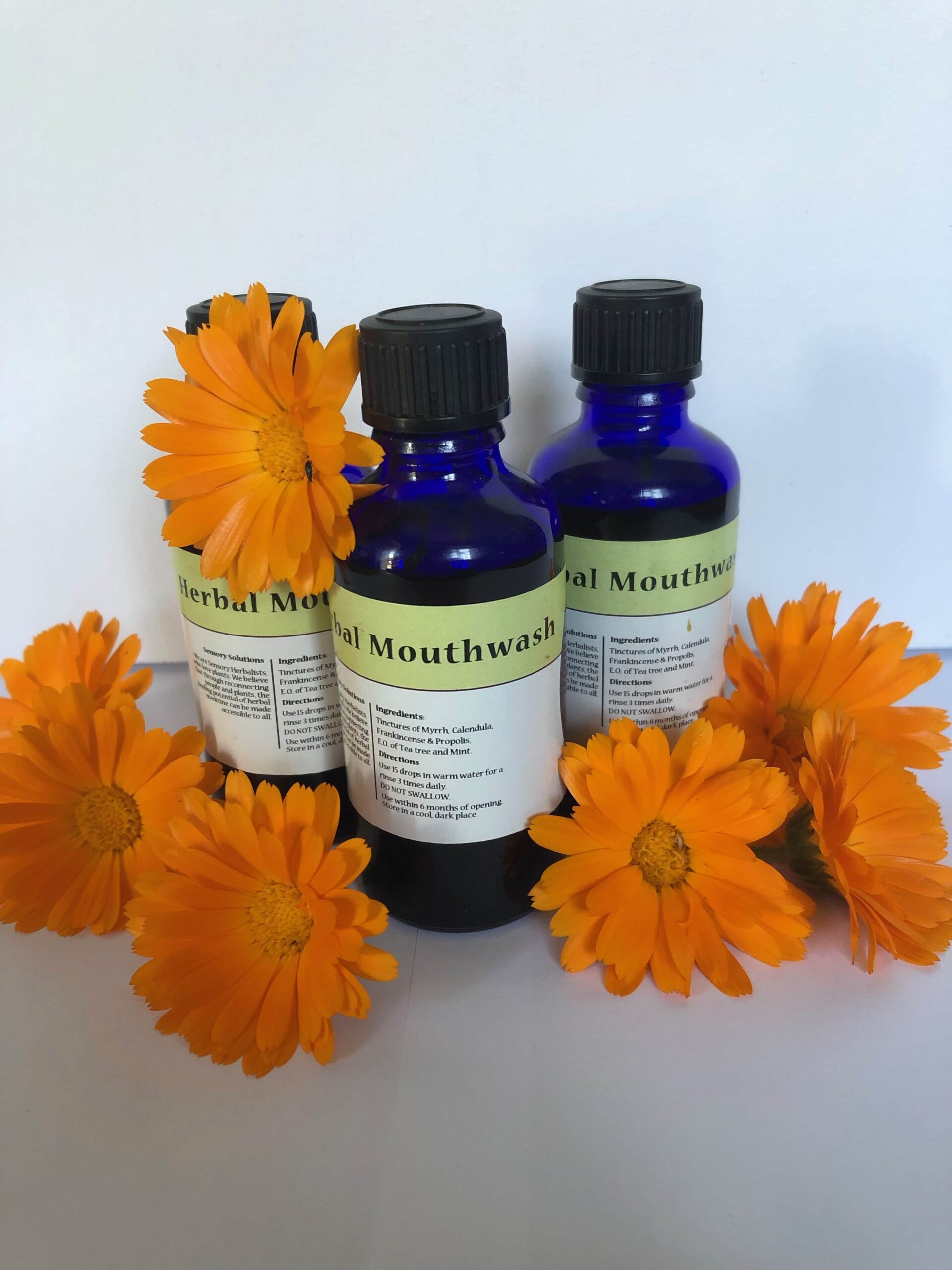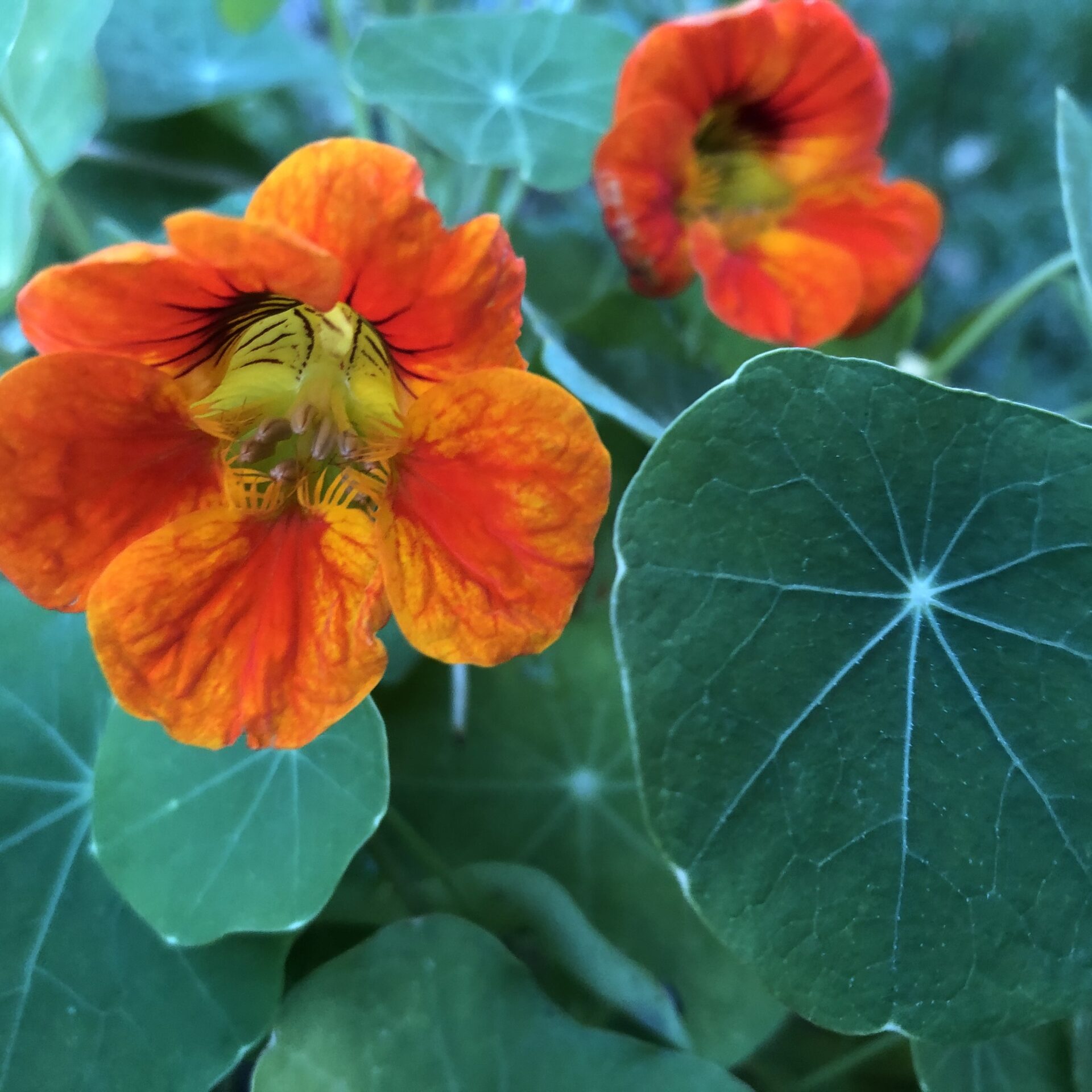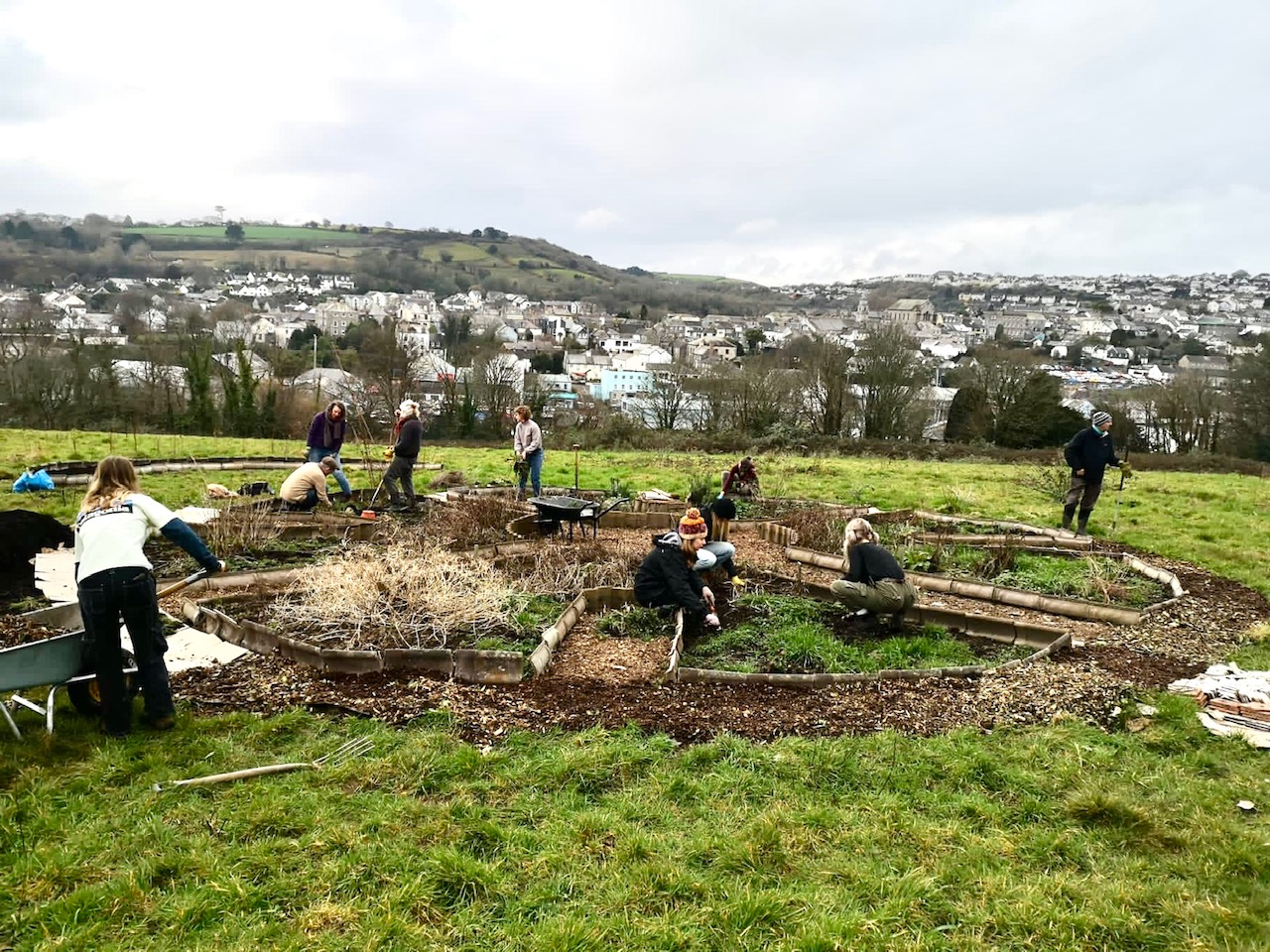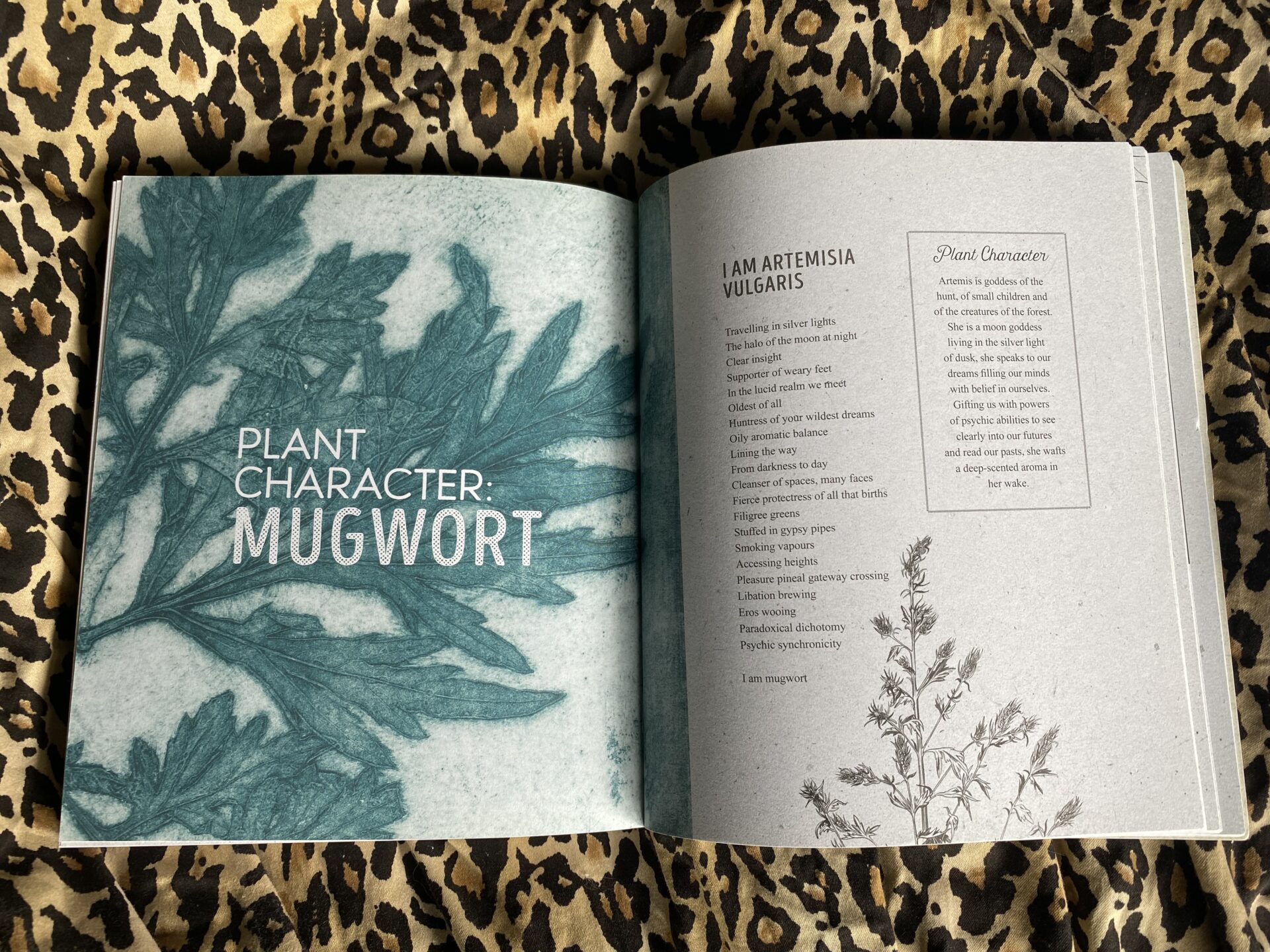by Belle Benfield
Scientists are spending much energy and resources to try to combat anti-biotic resistant infections, which are now a common and growing phenomena across the globe. They are even going as far as to change the structure of our immune cells.
Bacteria have incredibly sophisticated ways of evolving resistance to anti-biotics. Anti-biotic matter does not break down. As a result of using them so extensively to treat humans, and even more-so animals in intensive agricultural practices which include fish-farming, our water and soils contain more and more anti-biotic matter with each passing day. This gives bacteria ample opportunity to evolve their resistance and they are doing so rapidly and in remarkable ways.
Being in the presence of anti-biotics, especially low-dose antibiotics, massively stimulates and speeds up bacteria’s abilities to learn and build drug-resistance. Bacteria can evolve to decrease the amount of anti-biotic that gets inside their cells. They can alter their cells so that the antibiotic no longer reaches its target. They can learn to break down the anti-biotic and render it impotent. They can evolve pump-like functions that remove antibiotics from their cells as fast as they enter and they can evolve to live happily in what we think of as anti-microbial environments. What’s more, they can do all this and share the information about how they are resisting anti-biotics with bacteria of their own species AND other species too. Heavily under-threat from all the anti-biotics we humans are pumping into our environment, bacteria are working fast to share as much information about anti-biotic resistance as fast as they can.
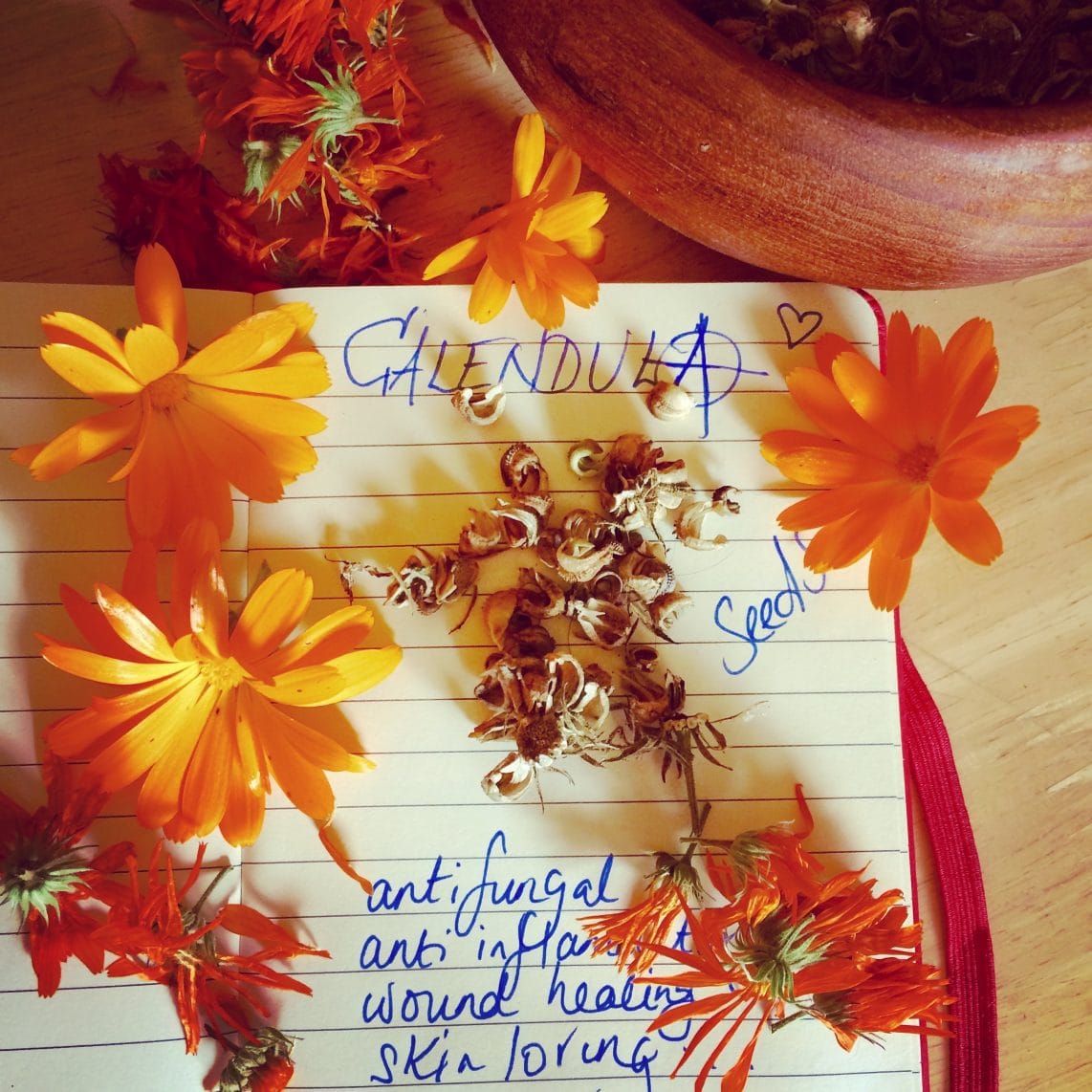
There is much to be said for looking for plant-based alternatives when thinking about how to treat antibiotic resistant infections. When you use plant medicine, you are using the whole plant or even a mixture of plants rather than one synthetically produced isolated compound which is how most modern pharmacology works. Imagine the complexity in just one plant — how the same species might change according to the seed it germinated from, where it was growing or when it was harvested and then layer up this complexity across a blend of plants and you can see that bacteria could have a much harder time evolving to be resistant to a mix that has so much nuance and small changes each time its used.
Multi-drug resistant Staphylococcus aureus (MRSA) is one of the better known drug-resistant bacteria and it can cause nasty skin and wound infections that are very difficult to treat. MRSA is particularly virulent in hospitals, posing particular danger to vulnerable people like young children, the elderly, those with already compromised immune systems and those pre-disposed to sores and ulcers like diabetics. I have had some pretty wild experiences fighting my own MRSA infections without antibiotics over the past few years. In fact, the empowerment I felt when I was able to treat my first MRSA infection naturally without antibiotics was my inspiration to study herbalism and join Sensory Solutions.
Both my infections were contracted outside of hospital. According to MRSA Action UK, there is a rise of approximately 8% per year of this kind of community-based infection.
My first infection began as a persistent boil on my leg where an insect bite had gotten infected. I took the antibiotics prescribed to me by my doctor and it went away. To my shock, about three weeks later, the infection had re-surfaced in the form of multiple boils all over both my legs. I felt like I’d been hit with a biblical plague of boils and was discouraged when the doctors told me that their solution would be to prescribe more anti-biotics. This just didn’t make sense to me when after completing my prescribed course of anti-biotics I had just witnessed the infection return looking much more virulent. I was loathe to take more antibiotics, but I didn’t know what to do until my friend lent me a book on natural antibiotics that I devoured and put into practice immediately. I can’t remember the name of the book I was given, but Stephen Harrod Buhner does a great job in his book Herbal Antibiotics. That first time, my protocol included weekly acupuncture, vitamins A, C, E and zinc, no alcohol, caffeine or sugar, at least 9 hours of sleep a night, loads of garlic in my diet and lots and lots and lots of turmeric — a teaspoon after each meal.
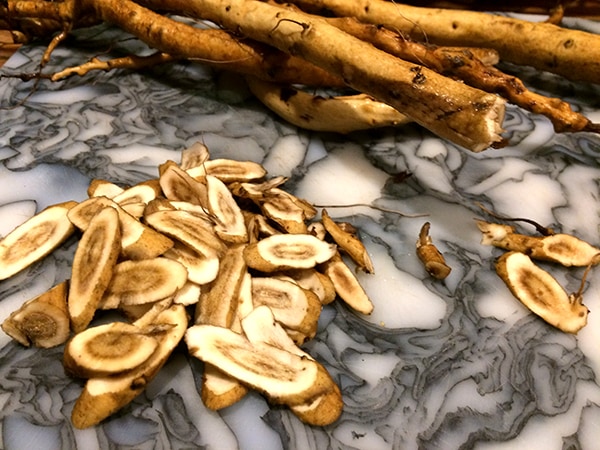
Fast forward seven years and when a similar boil appeared and then spread to more on my leg, I was much better equipped to treat it as I was able to refine my last experience with all the knowledge and skills I’d gained about herbal remedies on the Sensory Herb Apprenticeship.
Treating MRSA yourself is not to be taken lightly. Staph infections spread easily and so treating them requires dedication and meticulous cleanliness and consistency. You must be fully committed to fight an infection like this. In order to treat my second infection, I took herbs internally, cleaned the boils using anti-microbial herbs at least 3 times a day and dressed the wounds using dressings soaked in herbal tinctures. I also took immune-boosting supplements, and adapted my diet. That said, avoiding antibiotics could save you the trauma of the infection returning stronger as I experienced in my first case.
As herbalists, we look at the whole person, so any remedy to support the body fighting an infection needs to take into account the direct action of the herbs on the pathogen, but also support blood and lymph circulation, and the liver and digestion to ensure that fresh healthy blood is in constant supply to the infected area and that toxins can be eliminated from the body efficiently.
Below this article, you will find the exact protocol I used. You can stock up yourself on your own immune boosting, infection-busting herbs lovingly prepared by the Seed SistAs. These mixes include the herbs that played a key role in the successful treatment of my MRSA infections:
Seed SistAs’ ImmuniTea
Can include the herbs Elecampane, Bay, Calendula, Rosemary, Mint amongst others. You can drink this tea to boost your immune system from the inside out and use a strong, hot decoction of this to bathe wounds and draw out boils.
ImmuniTea £6 + p&p
Seed SistAs’ Mouthwash
Tinctures of Myrrh, Calendula, Frankincense and Propolis. With Tea Tree and Mint essential oils.
We developed this herb blend as a mouthwash. Add drops to water and gargle to treat mouth ulcers, sore gums or as maintenance to keep the bacterial balance of the mouth in check and your breath fresh. However this blend of herbs packs the anti-microbial punch of Myrrh, Propolis, Calendula and Tea Tree, making it an excellent solution for bathing wounds and a soak for dressings like the one described in the MRSA protocol below.
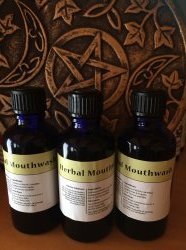
Belle’s MRSA Protocol
Internal Tinctures
5 ml 3 times a day of an immune boosting tincture mix that contained tinctures of:
- Echinacea Purpurea – Echinacea
- Phytolacca decandra – Poke Root
- Inula Helenium – Elecampane
- Centella Asiatica – Gotu Kola
- Gallium Aperine – Cleavers
- Commiphora molmol – Myrrh
- Zingiber Officinale – Ginger
- Capsicum minimum – Cayenne pepper
I supplemented this with Echinacea, Inula and Propolis tincture in my drinking water throughout the day.
Supplements
- 2 x powdered turmeric capsules 4 times a day.
- 1000mg of vitamin C 4 times a day
- A multivitamin once a day that included zinc
- 180mg of allicin twice a day
External Tinctures
I soaked lint medical dressing in tincture and laid them over the boils 3 or 4 times daily. The topical tincture mix was: Calendula 90%, Myyrh, Bay and Propolis.
Lifestyle & Diet
- No sugar
- Cut out most carbohydrate from diet as these turn to sugars in the body
- No caffeine or alcohol – both are immuno-suppressant
- At least 8 hours sleep a night

